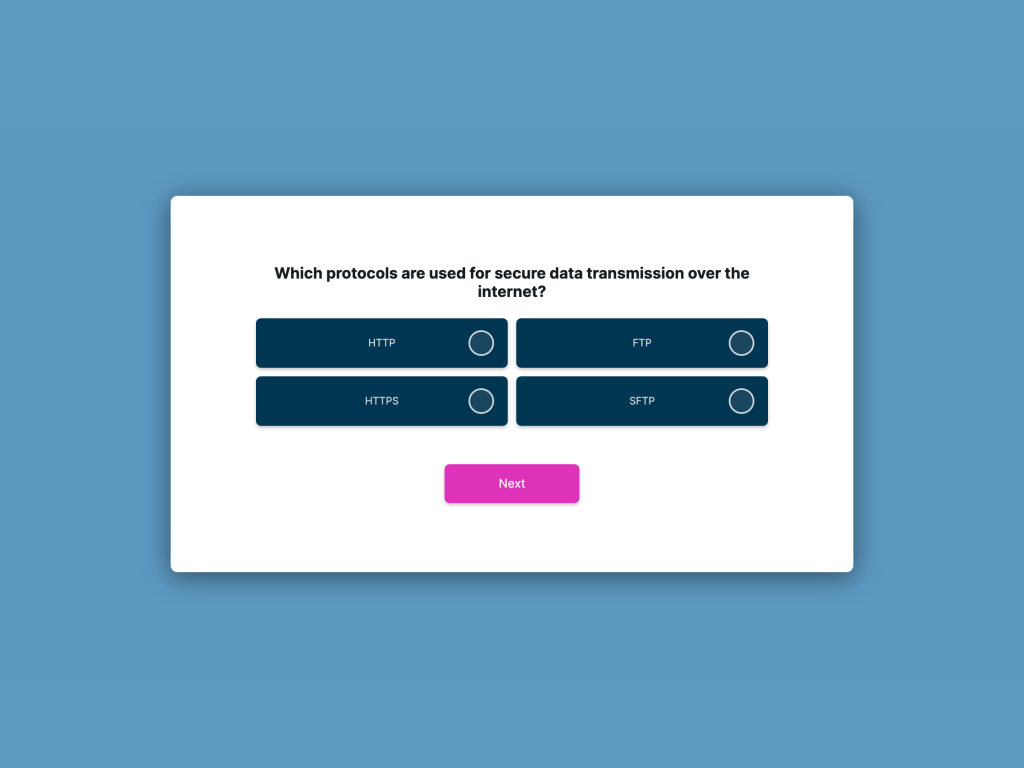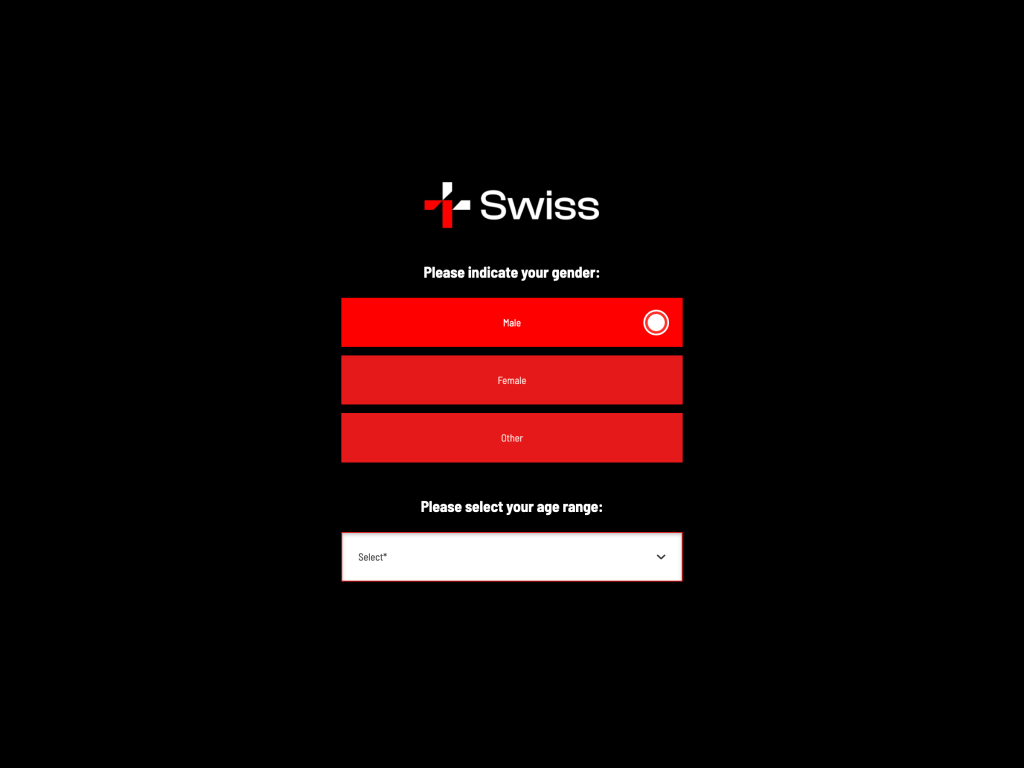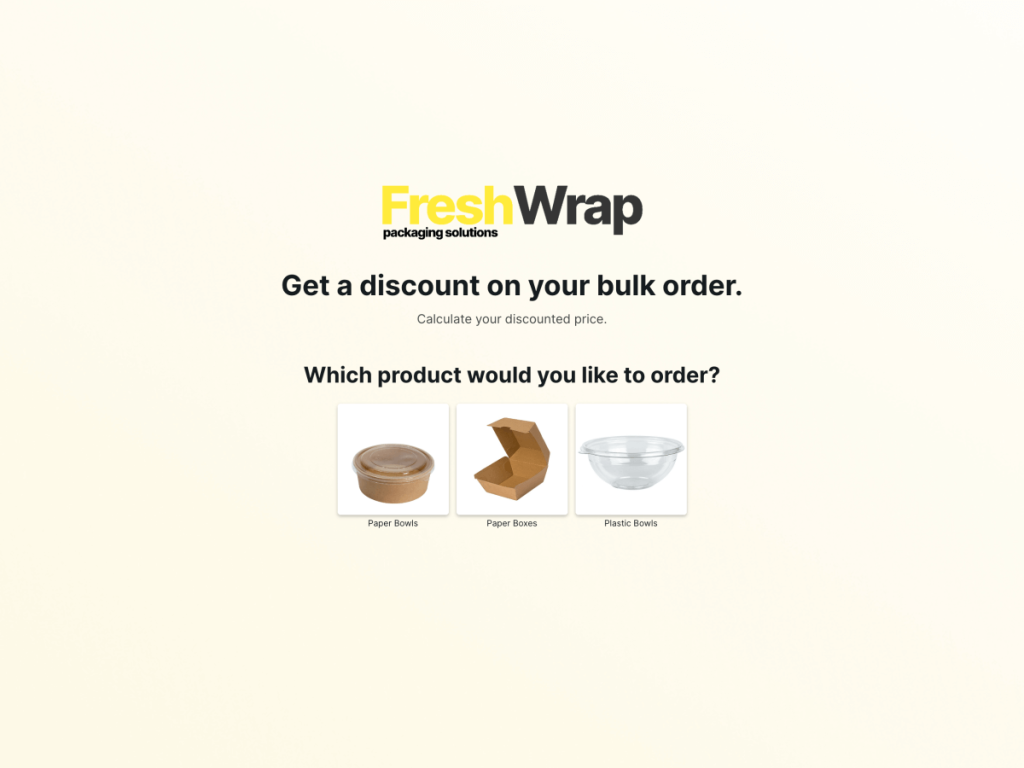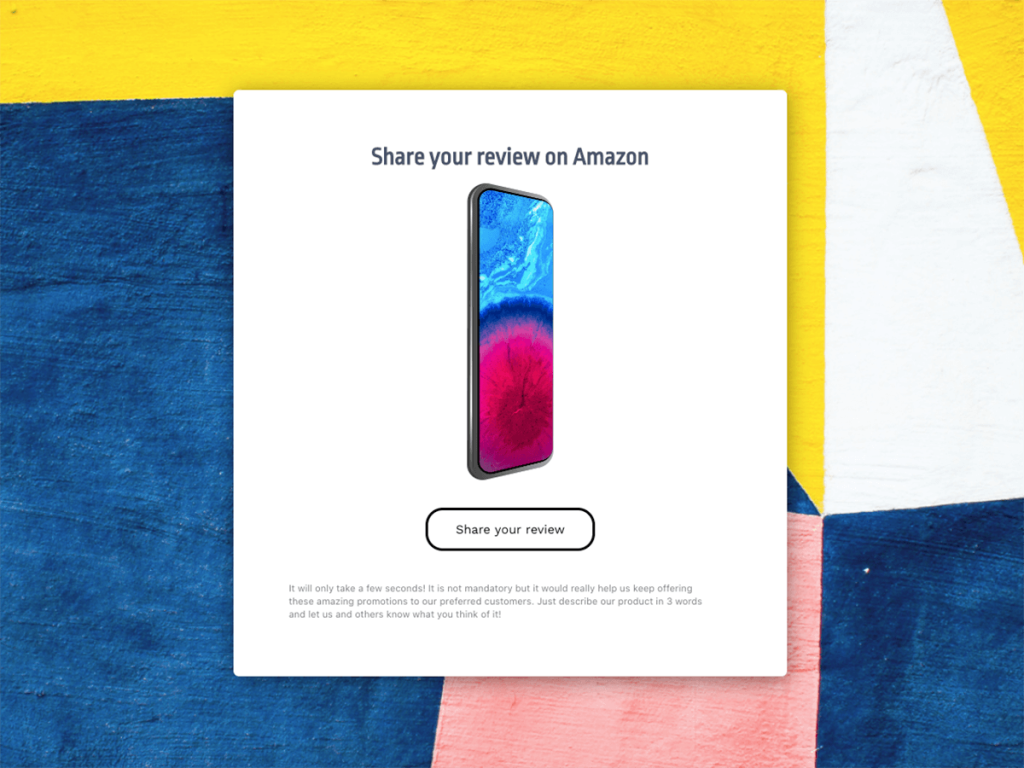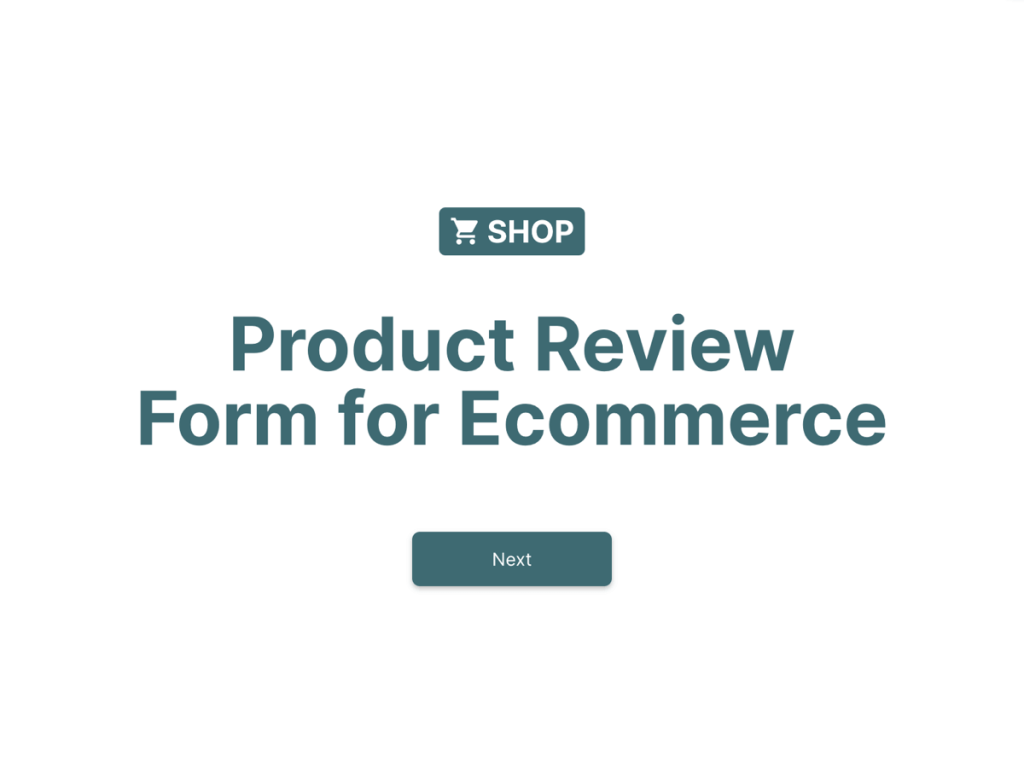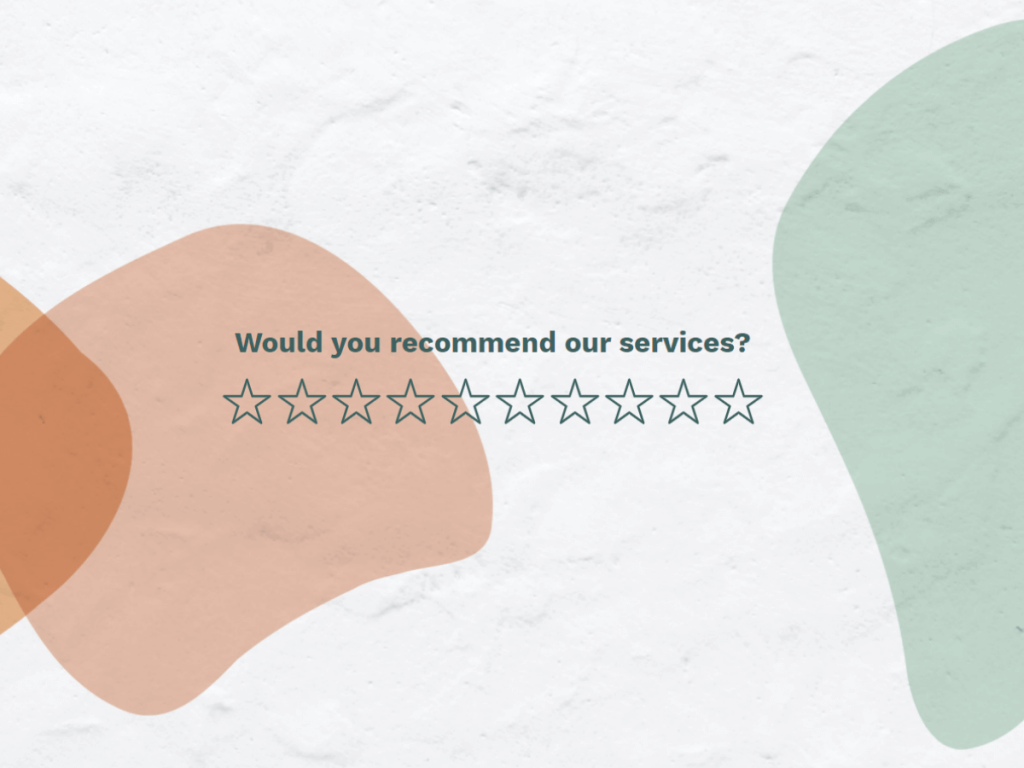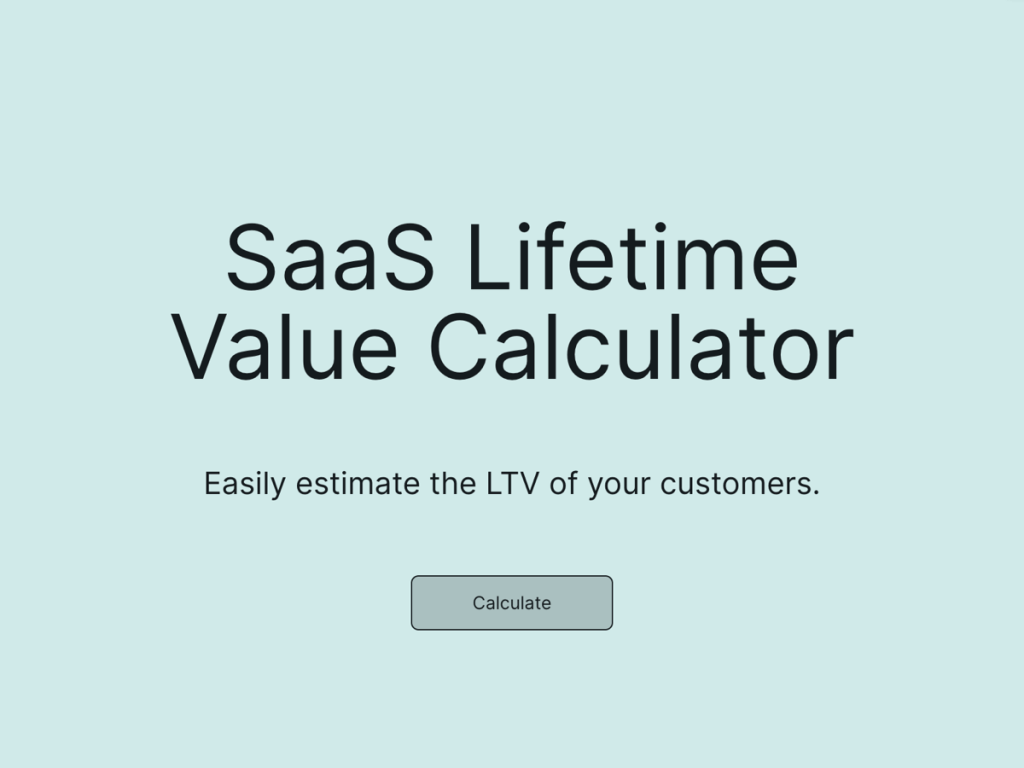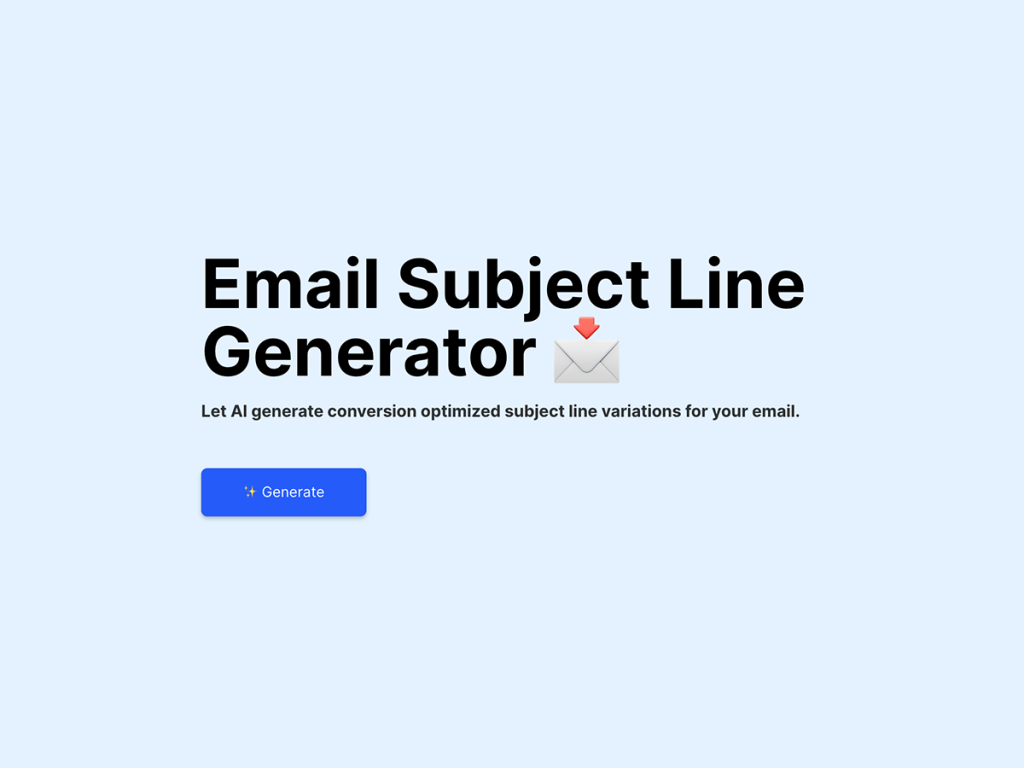A positive brand reputation, loyal customer relationships, and exceptional products/services can all be created with productive feedback. Constantly garnering customer input, analyzing it, and leveraging it for improvement company-wide is an integral part of leading a successful business.
Get Started with Online Surveys
With One Of Our 300+ Templates
Your customer retention strategy should be data-driven like the rest of your business strategies. Some of the most potent data you can collect comes straight from your customers. And one of the best ways to collect this customer feedback is through surveys. Customer surveys allow you to collect specific data around customer service, products/services, website experience, and customer interests and behaviors.
Whether people engage with your survey isn’t just dependent on how polished your survey is, but how you offer this survey to them. How should you administer a survey: via email, text, or website? Let’s discuss the pros and cons of each and which surveys perform the best on each platform.
Email Surveys
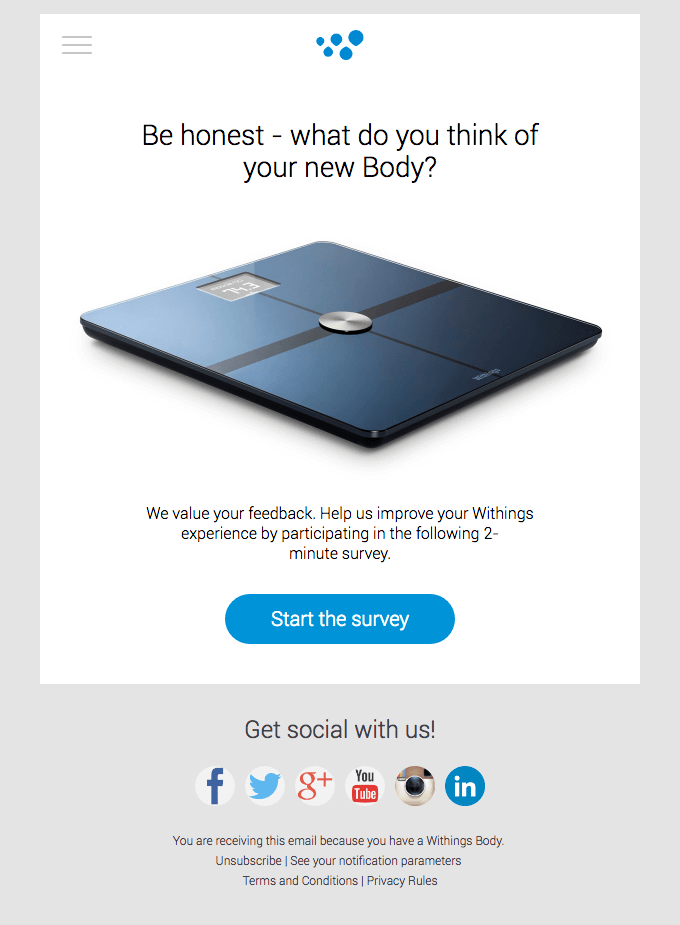
Email is still one of the most efficient communication methods for business owners. An active email list can set you apart from your competitors because you can build a brand following through personalized content and interaction.
Email surveys are used often to gather in-depth feedback on customer experiences on a variety of topics, including:
Their last interaction with customer service.
The purchasing process for their last transaction.
How satisfied they are with email content.
Their overall satisfaction with your brand.
Email surveys allow the customer to answer the email whenever it’s convenient for them. Email surveys also give you room to personalize the delivery of the survey and the content. They provide you with space to reach your entire customer base as well.
Unfortunately, the open rate for emails is relatively low, which can adversely affect your survey’s success. If they don’t open the email, they won’t engage with the survey. Those that do open your email and fill out your survey are usually either super fans of your brand or had such a terrible experience they just have to give you feedback. Email surveys give you little room to collect unbiased data.
NPS surveys or Net Promoter Score surveys are usually used on email platforms. They’re single question surveys where the answer is given on a scale from 1 to 10. Those who respond with a rating of 9 to 10 are called promoters, 7 to 8 are passives, while those with a rating of 6 or lower are called detractors.
SMS Surveys

We’re constantly on our phones, engaging on social media, making calls to family, and exploring the thousands of apps available to us on our screens. Texting is also a regular part of our phone usage, and businesses sSouctarted to form strategies on how they could connect with their customers via text.
We all open and reply to our text messages, sometimes within seconds of receiving them. So, sending a survey through a text message is beneficial in terms of how easy it is to send them and how likely you will receive a response. You send out the survey only to those who’ve opted into the list to ensure you receive responses from people who are actively engaged with your brand.
Text surveys can seem super intrusive and annoying to your customers if they’re done irresponsibly. As mentioned above, ensure you have an opt-in list so that receiving regular messages from your brand won’t be an unwanted surprise. The third-party hosts for text surveys can be expensive as well.
Text vote surveys or poll surveys are best with text surveys for transaction-related feedback. For example, 27% of buyers value both easier and faster checkout as well as easy repeat ordering over other benefits that the online buying experience can provide. You may implement a systematic text survey that is sent out asking about their satisfaction with checkout speed once their order is shipped.
Website Surveys

Your website is usually where many visitors learn about your brand, make purchases, and reach out to customer service. We typically see website surveys in the form of pop-ups and full-page overlays. These surveys can be shared in different places on your site to improve feedback or interaction on specific pages.
Website surveys have relatively high response rates if your website traffic is consistent. You’re also able to get relevant feedback because these surveys should pop up as visitors are having the experience or shortly after. Website surveys are often offered with an incentive to garner quality feedback and aid customer loyalty. People naturally respond to deals and incentives, so surveys that reward customers for their participation are a brilliant idea.
Website surveys can turn visitors off if the timing of your pop is off. Many business owners make the mistake of deploying website surveys too often and abruptly. You also don’t get much feedback on a customer’s overall brand experience because website surveys are usually used for real-time or recent interactions.
Website surveys can be used for questions regarding user experience. Shoppable quizzes are also used to help customers find products or services that match their interests, budget, and buying patterns. Ensure that you’re implementing website surveys with specificity and minimalism in mind. Make it easy for users to complete the survey and receive any incentives for doing so.
Conclusion
Choosing the best survey platform for your business is mainly dependent on the types of surveys you need to conduct, what data you’re trying to collect, and how your customers communicate with each other and your brand.


